In a new paper published in JACS AU, researchers at the University of Illinois Urbana-Champaign analyzed the effects of solvation and ion valency on metallopolymers, with implications for critical materials recovery and recycling, and environmental remediation.
Tag: chemical and biomolecular engineering
Molecular teamwork makes the organic dream work
Researchers at the Beckman Institute for Advanced Science and Technology discovered a way to trigger this cooperative behavior in organic semiconductors. The energy- and time-saving phenomenon may help enhance the performance of smartwatches, solar cells, and other organic electronics.
A ‘HAT TRICK’ OF HONORS FOR ARTHI JAYARAMAN
Arthi Jayaraman leads a computational materials research lab as a professor of chemical and biomolecular engineering and materials science at UD. She has recently been honored by professional societies in three different disciplines, recognizing her work and its value in the fields of physics, chemistry and engineering.
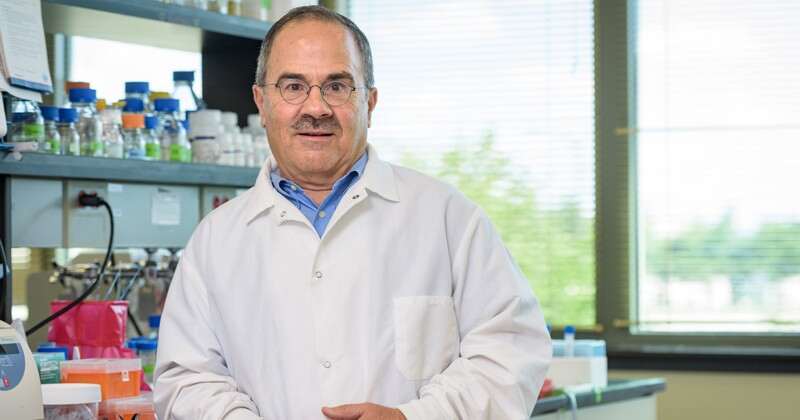
An Honored Inventor
The University of Delaware’s Eleftherios (Terry) Papoutsakis, Unidel Eugene Du Pont Chair of Chemical and Biomolecular Engineering, has been named a fellow of the National Academy of Inventors. It is the highest professional distinction accorded only to academic inventors.
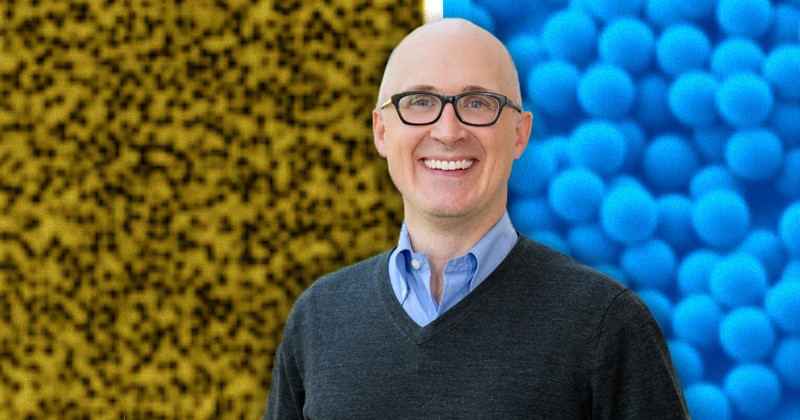
WHY TOOTHPASTE AND CEMENT HARDEN OVER TIME
Cements, clays, soils, inks, paints, and even toothpaste. Many paste materials, also known as dense colloidal suspensions, stiffen as they age. Structural dynamics, or changes in the loads the materials undergo over time, are partly responsible for this change, but for decades, experts have suspected that there’s more going on inside these materials. Now, a University of Delaware professor and an international team of researchers have discovered a process called contact-controlled aging that explains some age-related changes in paste materials.
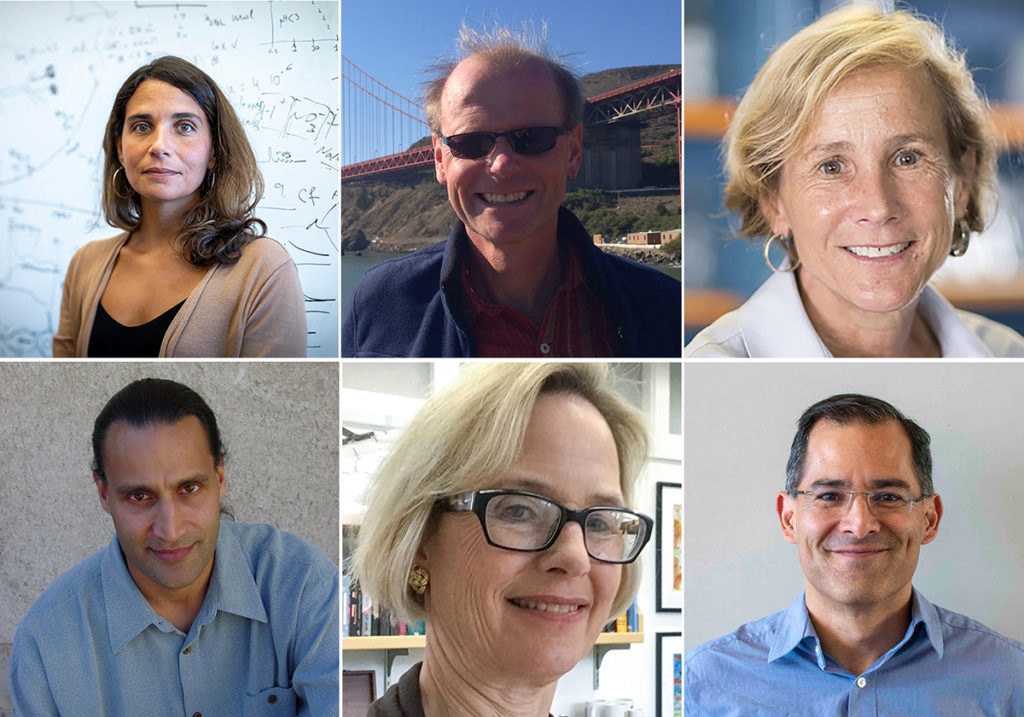
Six Berkeley Lab Scientists Named AAAS Fellows
Six scientists from the Department of Energy’s Lawrence Berkeley National Laboratory (Berkeley Lab) have been named Fellows of the American Association for the Advancement of Science (AAAS).
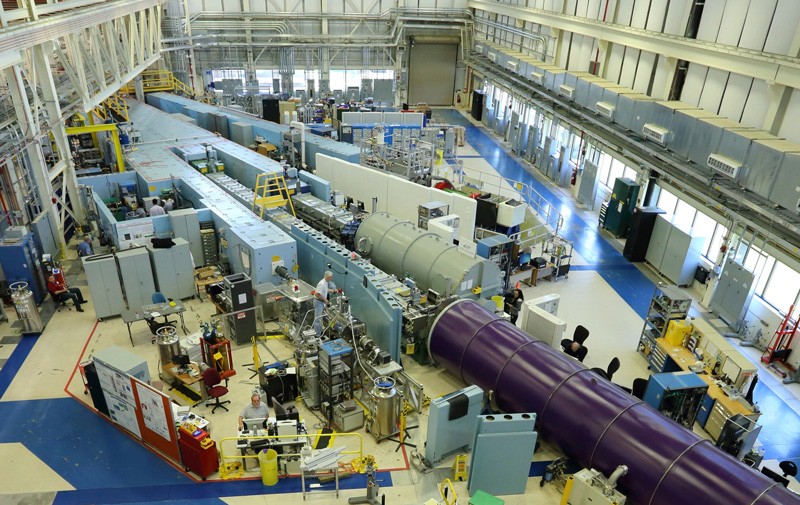
A NEW SCIENTIFIC INSTRUMENT FOR THE NATION
A University of Delaware research team is playing a lead role in developing an instrument that will advance U.S. research by examining the movement of nanoparticles.
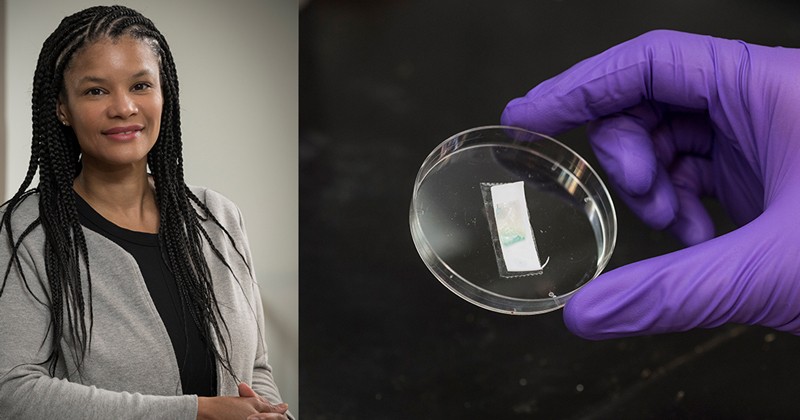
Drawing inspiration from natural marvels to make new materials
The shape-shifting bristle worm has the unique ability to extend its jaw outside of its mouth and ensnare surprised prey. The metal coordination chemistry that makes this natural wonder possible can also be the key to creating new materials for use in sensors, healthcare applications, and much more.